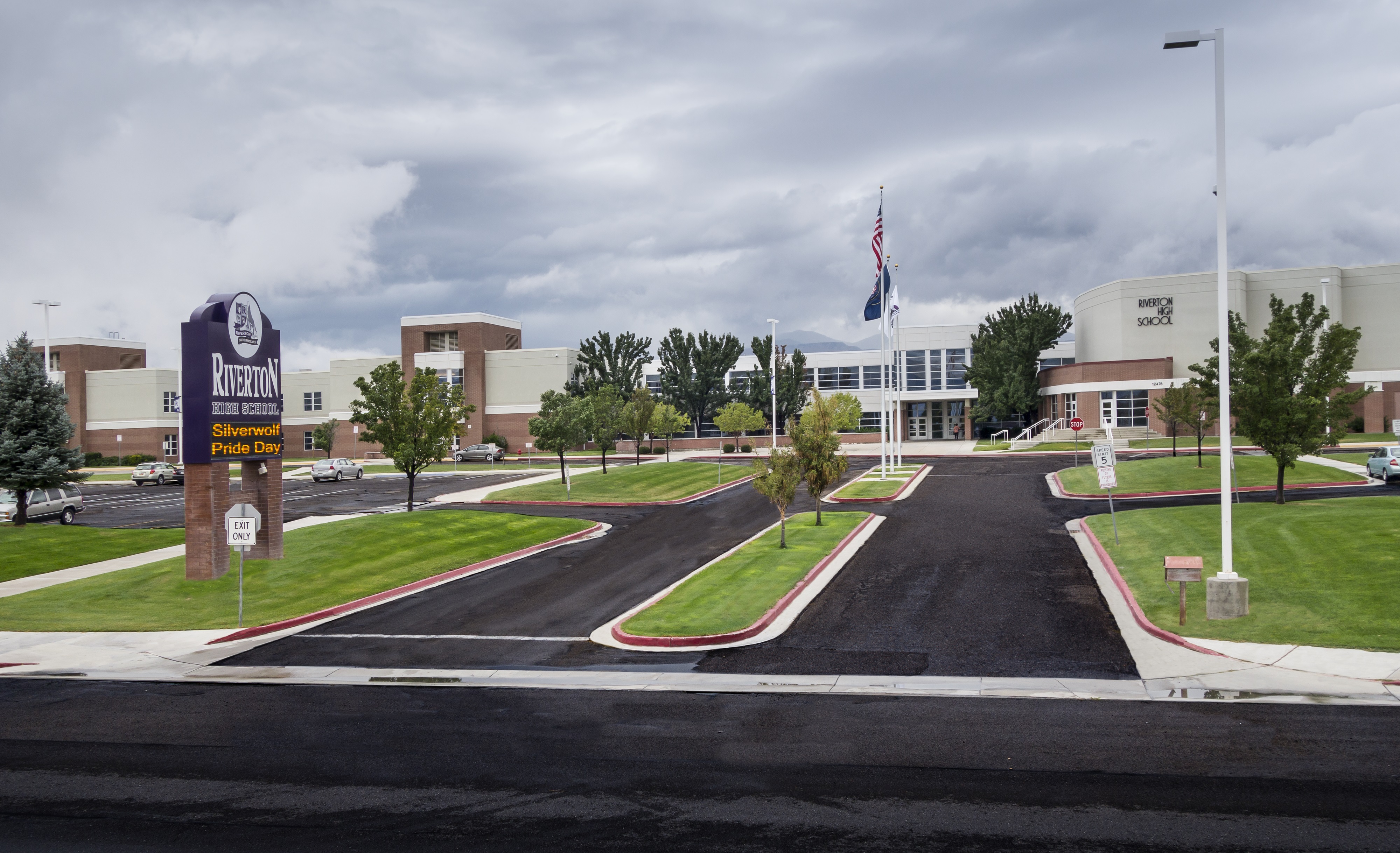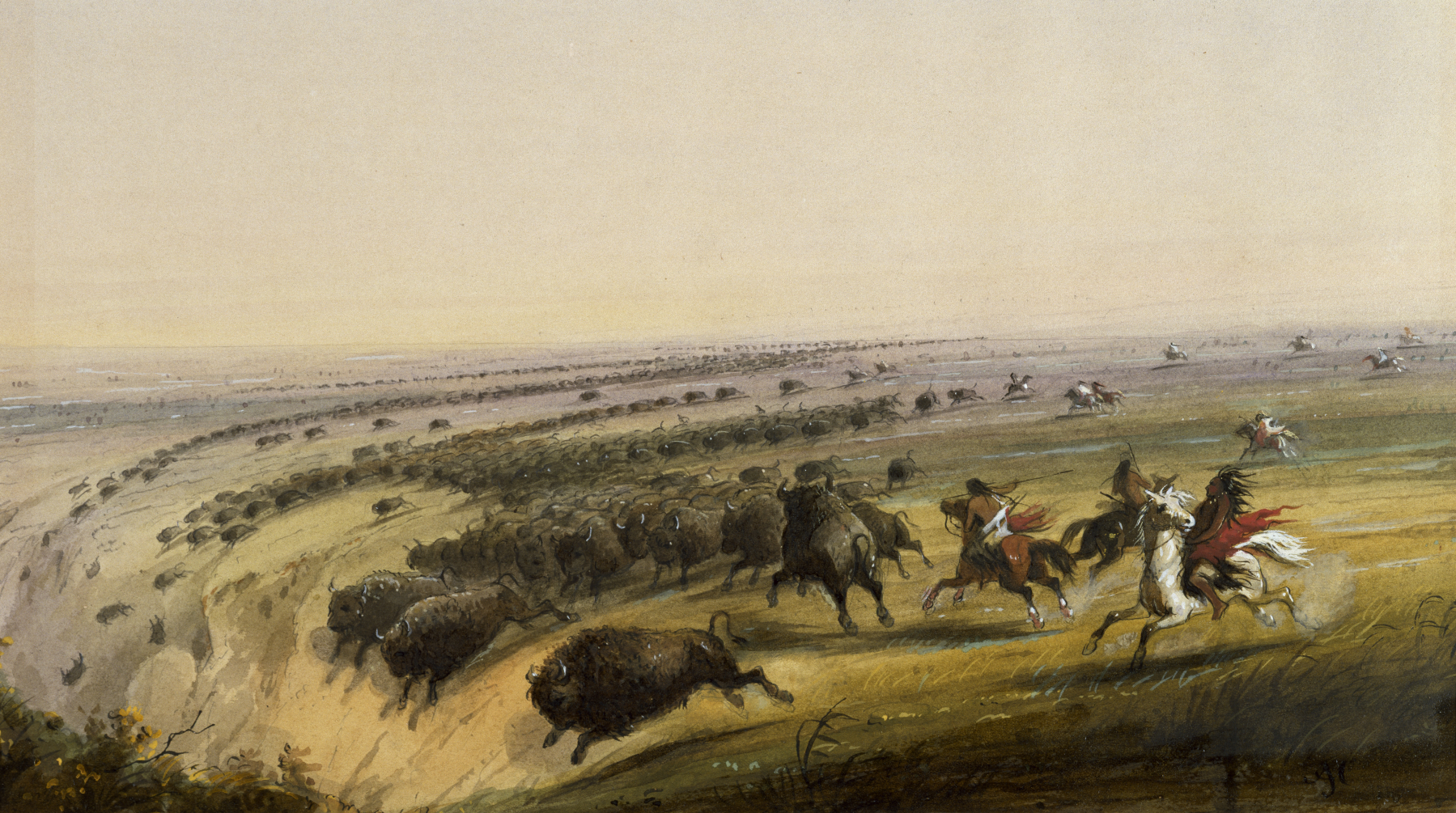|
Camp Williams, Utah
Camp W. G. Williams, commonly known as Camp Williams, also known as Army Garrison Camp Williams, is a National Guard training site operated by the Utah National Guard. It is located south of Bluffdale, west of Lehi, and north of Saratoga Springs and Cedar Fort, approximately south of Salt Lake City, straddling the border between Salt Lake County and Utah County in the western portion of the Traverse Mountains. Camp Williams is also home to the Non-Commissioned Officer's Basic Leader Course, which is taught to Active, National Guard, and Reserve components. Camp Williams land comprises about of flat area and of mountainous region. History The Utah Army National Guard traces its beginnings to the Utah Territorial Militia, known as the Nauvoo Legion. The Nauvoo Legion operated similarly to militias in other states and territories, including requiring adult men—between the ages of 18 and 45—to serve. The militia served as guardians of the Central Overland Route, and in the ... [...More Info...] [...Related Items...] OR: [Wikipedia] [Google] [Baidu] |
Riverton, Utah
Riverton is a city in Salt Lake County, Utah, United States. It is part of the Salt Lake City, Utah Metropolitan Statistical Area. The population was 45,285 as of the 2020 census. Riverton is located in the rapidly growing southwestern corner of the Salt Lake Valley. Education Public education in Riverton is provided by the Jordan School District, one of the largest school districts in Utah. Elementary Schools: Foothills Elementary, Midas Creek Elementary, Riverton Elementary, Rosamond Elementary, Rose Creek Elementary, Southland Elementary Middle Schools: Oquirrh Hills Middle School, South Hills Middle School High School: Riverton High School Kauri Sue Hamilton School for students with special needs, Jordan Academy for Technology and Careers (JATC) south campus, and Saint Andrew Catholic School are also located in the community. Many students from Riverton attend schools in Bluffdale, Herriman and South Jordan, as school boundaries do not coincide with city boundaries. H ... [...More Info...] [...Related Items...] OR: [Wikipedia] [Google] [Baidu] |
Wakara's War
Wakara's War was a dispute between the Paiute Indians and the Mormon settlers in the Utah Valley. This war is characterized as a string of disputes and skirmishes over property and the land from July 1853 to May 1854. This war was influenced by factors such as religious differences, the slave trade, and the division of the Salt Lake Valley. Chief Wakara Wakara was a leader of the Ute Native Americans in Utah. He was also known as Wakarum, Walkara, Walkar, Wacker, Wacherr, Watcher, and his white name Walker. Wakara means "yellow" or "brass" in the Numic branch of the Uto-Aztecan language family. It is thought that Wakara went by that name because of his preference for yellow buckskin. The physical characteristics of the land largely separated Wakara's band from other Ute and Shoshone Indians in that area. They subsisted mainly on a hunter-gatherer diet, roaming the land to find the sustenance and supplies that they needed to survive. This was greatly aided by the influence of ... [...More Info...] [...Related Items...] OR: [Wikipedia] [Google] [Baidu] |
Herriman, Utah
Herriman ( ) is a city in southwestern Salt Lake County, Utah. The population was 55,144 as of the 2020 census. Although Herriman was a town in 2000, it has since been classified as a fourth-class city by state law. The city has experienced rapid growth since incorporation in 1999, as its population was just 1,523 at the 2000 census. It grew from being the 111th-largest incorporated place in Utah in 2000 to the 14th-largest in 2020. History Founding Herriman was established in 1851 by Henry Harriman, Thomas Jefferson Butterfield, John Jay Stocking, and Robert Cowan Petty. A fort was established where the community garden is today. The only remnants of Fort Herriman are the two black locust trees that stand where the entrance to the fort once was. The Fort was abandoned in 1857 as the Johnston Army came West. Incorporation Herriman remained a small community until 1999, when proactive citizens, including Brett Wood and J. Lynn Crane, went door to door asking people to sign ... [...More Info...] [...Related Items...] OR: [Wikipedia] [Google] [Baidu] |
Machine Gun Fire
The Machine Gun Fire or Camp Williams Fire was a wildfire in Herriman, Utah in 2010 that burned several dwellings. It was started by a mistake at a firing range by National Guard troops on a training exercise. 4,351 acres burned, approximately 1600 homes were evacuated, and 3 homes were destroyed. Origin Live fire 50 caliber machine gun training had been scheduled at Camp Williams for the afternoon of Sunday, 19 September 2010. As is common in the area during the late summer, the east winds off of the Wasatch Mountains picked up in the afternoon. On the previous Thursday afternoon, the National Weather Service issued a Fire Weather Watch for Saturday and Sunday. On Friday afternoon, it upgraded the alert to a Red Flag Warning for the entire weekend. Despite the dry conditions and base protocols that interdicted live-fire training during Red Flag conditions, a unit of the Utah National Guard commenced the live-fire exercise, although no highly flammable tracer rounds were use ... [...More Info...] [...Related Items...] OR: [Wikipedia] [Google] [Baidu] |
Utah National Guard Goats
Utah ( , ) is a state in the Mountain West subregion of the Western United States. Utah is a landlocked U.S. state bordered to its east by Colorado, to its northeast by Wyoming, to its north by Idaho, to its south by Arizona, and to its west by Nevada. Utah also touches a corner of New Mexico in the southeast. Of the fifty U.S. states, Utah is the 13th-largest by area; with a population over three million, it is the 30th-most-populous and 11th-least-densely populated. Urban development is mostly concentrated in two areas: the Wasatch Front in the north-central part of the state, which is home to roughly two-thirds of the population and includes the capital city, Salt Lake City; and Washington County in the southwest, with more than 180,000 residents. Most of the western half of Utah lies in the Great Basin. Utah has been inhabited for thousands of years by various indigenous groups such as the ancient Puebloans, Navajo and Ute. The Spanish were the first Europeans to ... [...More Info...] [...Related Items...] OR: [Wikipedia] [Google] [Baidu] |


